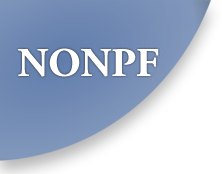Use of the AACN Synergy Model ™ to frame an adult-gerontology acute care nurse practitioner program
Saturday, April 25, 2015
Key Ballroom 11-12 (Hilton Baltimore)
Abstract:
Many driving forces, stakeholders, organizations, and resources impact adult gerontology acute care nurse practitioner (AGACNP) curricula, including Master’s essentials, core competencies, national certification requirements, scope and standards statements, and state board of nursing regulations. In revising an ACNP program to include gerontology content and the updated AGACNP competencies, the program director sought a theoretical framework to use as an organizing structure, providing direction and purpose to the changes. The central principle of the American Association of Critical-Care Nurses (AACN) Synergy Model ™ is that patient needs drive characteristics and competencies of nurses; when patient needs and nurse competencies align, synergy occurs, resulting in will be optimal patient outcomes (Curley, 2007). Focusing on the Synergy Model’s eight nurse competencies (including clinical judgment, advocacy, others), the program director defined and organized the student learning objectives needed to complete the program, with the terminal objective of completing the program as expert students and entering acute and critical care settings as novice AGACNPs. The Synergy Model concepts are used throughout the clinical program, including course and program objectives, as well as clinical evaluations.

